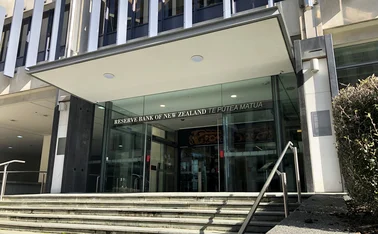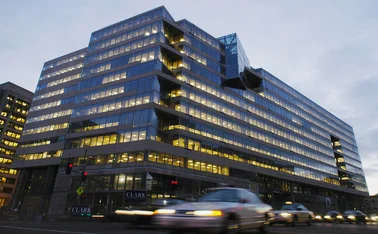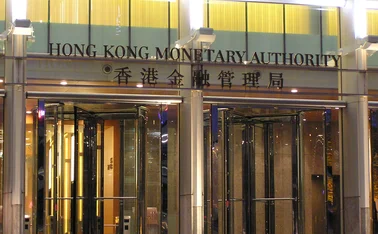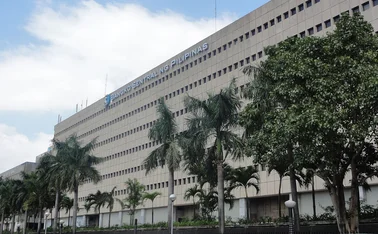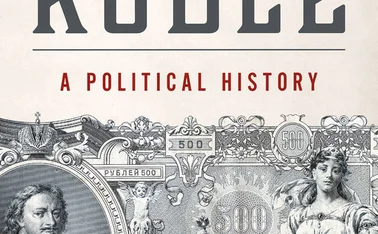
Real surges as central bank announces currency swaps
Brazil has struggled with tighter financial conditions, governor Goldfajn says
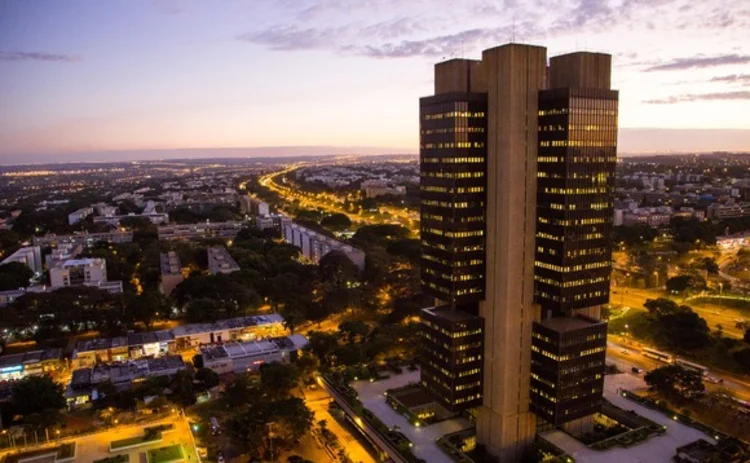
The Brazilian real appreciated sharply on June 8, after the central bank increased its currency swaps and announced it would offer greater support to the currency until June 15.
The real surged by 5.1% to 3.71 against the dollar on June 7, with the Central Bank of Brazil announcing the sale of $20 billion in new currency swaps, designed to halt the currency’s fall. This added to ongoing daily sales of $750 million, which took the total intervention to $24.5 billion over the week.
At a press conference on June 7, governor Ilan Goldfajn said the measure was intended “to provide liquidity, hedge against risks and ensure the proper functioning of the markets”. He believes tighter financial conditions, triggered by the normalisation of US monetary policy, have been the main cause of the capital outflows experienced by emerging markets, including Brazil, in recent months.
Between January and June 7, the real depreciated by 24.5% against the US dollar. Brazil had successfully controlled inflation with high interest rates during the severe crisis it went through between 2014 and 2016, but the weaker currency and higher oil prices have increased pressure.
Year-on-year inflation rose to 2.86% in May, from 2.76% in April, according to official statistics. However, it remains below the 4.5% target within a 1.5% band.
Against this backdrop, “we will intensify [currency swaps] in the short term”, the governor said. “There is no prejudice regarding the use of any instrument. We can employ exchange swaps, reserves or line auctions, depending on the need.”
Solid fundamentals
Although the exchange rate has complicated Brazil’s macroeconomic outlook, Goldfajn pointed out the economy still enjoys solid foundations.
The current account is close to balance, which reduces Brazil’s dependence on foreign investment. In April, the year-on-year current account deficit was 0.4% of GDP, according to official data.
Monetary policy looks at projections and expectations of inflation, and its balance of risks and will not be used to control the exchange rate
Ilan Goldfajn, Central Bank of Brazil
Additionally, international reserves reached $382 billion on June 7, according to central bank data, amounting to more than 20% of GDP. Such resources allow the Central Bank of Brazil to defend the real in international markets, said the governor.
However, Goldfajn ruled out the possibility of resorting to monetary policy to influence the exchange rate. “Monetary policy looks at projections and expectations of inflation, and its balance of risks, and will not be used to control the exchange rate.”
The institution’s inflation projection for 2018 stands at around 3.7%, and at around 4% for both 2019 and 2020.
As the economy recovered earlier this year, the key policy rate – the Selic rate – was reduced to 6.5% on March 21, from 14.25% in October 2016, in an effort to foster growth.
Only users who have a paid subscription or are part of a corporate subscription are able to print or copy content.
To access these options, along with all other subscription benefits, please contact info@centralbanking.com or view our subscription options here: http://subscriptions.centralbanking.com/subscribe
You are currently unable to print this content. Please contact info@centralbanking.com to find out more.
You are currently unable to copy this content. Please contact info@centralbanking.com to find out more.
Copyright Infopro Digital Limited. All rights reserved.
You may share this content using our article tools. Printing this content is for the sole use of the Authorised User (named subscriber), as outlined in our terms and conditions - https://www.infopro-insight.com/terms-conditions/insight-subscriptions/
If you would like to purchase additional rights please email info@centralbanking.com
Copyright Infopro Digital Limited. All rights reserved.
You may share this content using our article tools. Copying this content is for the sole use of the Authorised User (named subscriber), as outlined in our terms and conditions - https://www.infopro-insight.com/terms-conditions/insight-subscriptions/
If you would like to purchase additional rights please email info@centralbanking.com
Most read
- ECB staff speak out against changes to internal survey
- Central bank of the year: Central Bank of Brazil
- Fed holds rates as it struggles with inflation’s last mile
